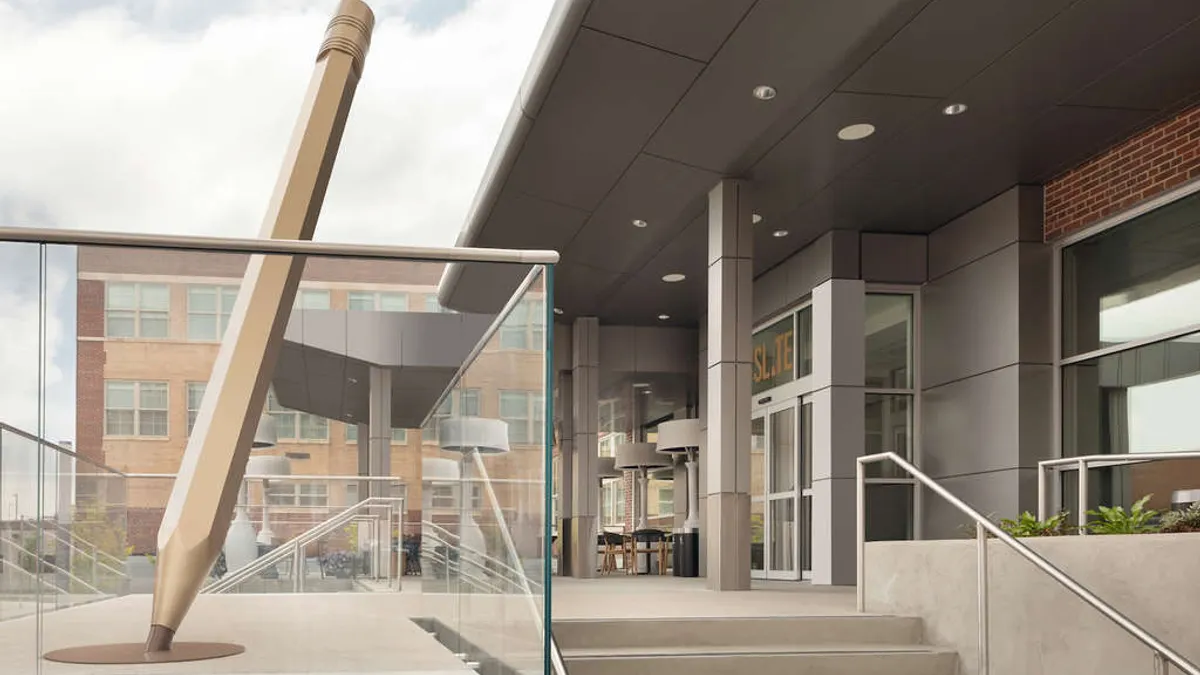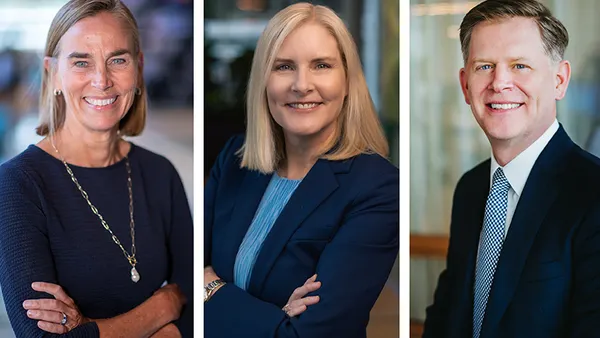Dive Brief:
- According to the Hospitality Asset Managers Association’s (HAMA) Fall 2023 Industry Outlook Survey, roughly 60% of hotel asset managers think RevPAR will return to 2019 levels across the U.S. next year, while almost 25% believe it will happen this year.
- The asset managers surveyed reported they’re most concerned about softening demand, increasing labor costs and labor availability.
- However, based on the survey results, asset managers are demonstrating a positive outlook for the industry and the U.S. economy as a whole: Roughly two-thirds of respondents don't think there will be a recession in either 2023 or 2024.
Dive Insight:
Despite ongoing concerns surrounding labor and demand, hotel asset managers appear to remain optimistic about the future of the industry, according to a recent survey.
Conducted in conjunction with HAMA'S 2023 Annual Fall Meeting held in New Orleans, the association’s semiannual report updated the opinions, experiences and predictions of nearly 80 hotel asset managers from the spring conference survey.
“2023 continues to provide positive results and optimistic outlooks from our membership,” said Derrick Yee, HAMA president and Placemakr vice president of asset management, in a release.
“The majority of our respondents are looking to exceed budgetary predictions for RevPAR and GOP [gross operating profit], and many of the biggest concerns that arose during COVID, such as supply chain delays, appear to have subsided. While there is some concern surrounding issues like demand and cost increases, the overall outlook from the hospitality asset management perspective is positive.”
According to the survey, 61% of respondents said they're forecasting RevPAR increases across their portfolios as compared to 2019. Even though the majority don't expect to exceed their 2023 budget in terms of gross operating profit, more than 70% of hotel asset managers reported they’re actively pursuing acquisitions — a good sign for the industry.
As for their concerns, wage increases and demand topped the list at 62% and 61%, respectively. While growth appears to be slowing, experts have noted that demand is reaching normalization.









